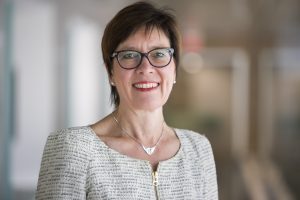Our second colloquium of the Spring 2020 season will be Panu Jaakkola, Professor and Research Director at the Helsinki University Hospital (HUS) Comprehensive Cancer Centre. Professor Jaakkola’s work on cellular oxygen sensing was cited as a key publication in the Nobel Prize in Medicine 2019.
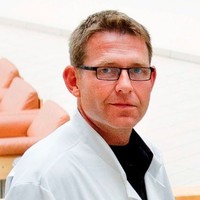
Professor Jaakkola is both a qualified medical doctor and researcher. He has worked on fundamental cellular and molecular cancer research, as well as on translational research between basic life sciences and clinical cancer research. He currently holds posts at the Helsinki University Hospital, the University of Helsinki and the University of Turku.
In his colloquium, entitled Cellular oxygen sensing, Nobel Prize in Medicine 2019, Professor Jaakkola will tell us about the science behind the last Nobel prize in Medicine.
Here is his abstract:
Reduced oxygen availability to tissues (hypoxia) occur in a number of physiological and medical conditions. How human and animal cells sense the level of oxygen and how they respond to reduced amount of oxygen is essential for the functioning of body. For example erytropoietin hormone is induced by hypoxia (insufficient oxygen level in tissues) and increases the amount of red blood cells. The molecular mechanisms as to how cells sense the oxygen level and how they respond to hypoxia has been revealed by G. Semenza, P. Ratcliffe and W. Kaelin. They were awarded the Nobel prize in Physiology or Medicine in 2019.
After the 30 minute talk, there will be a cocktail reception. Welcome!
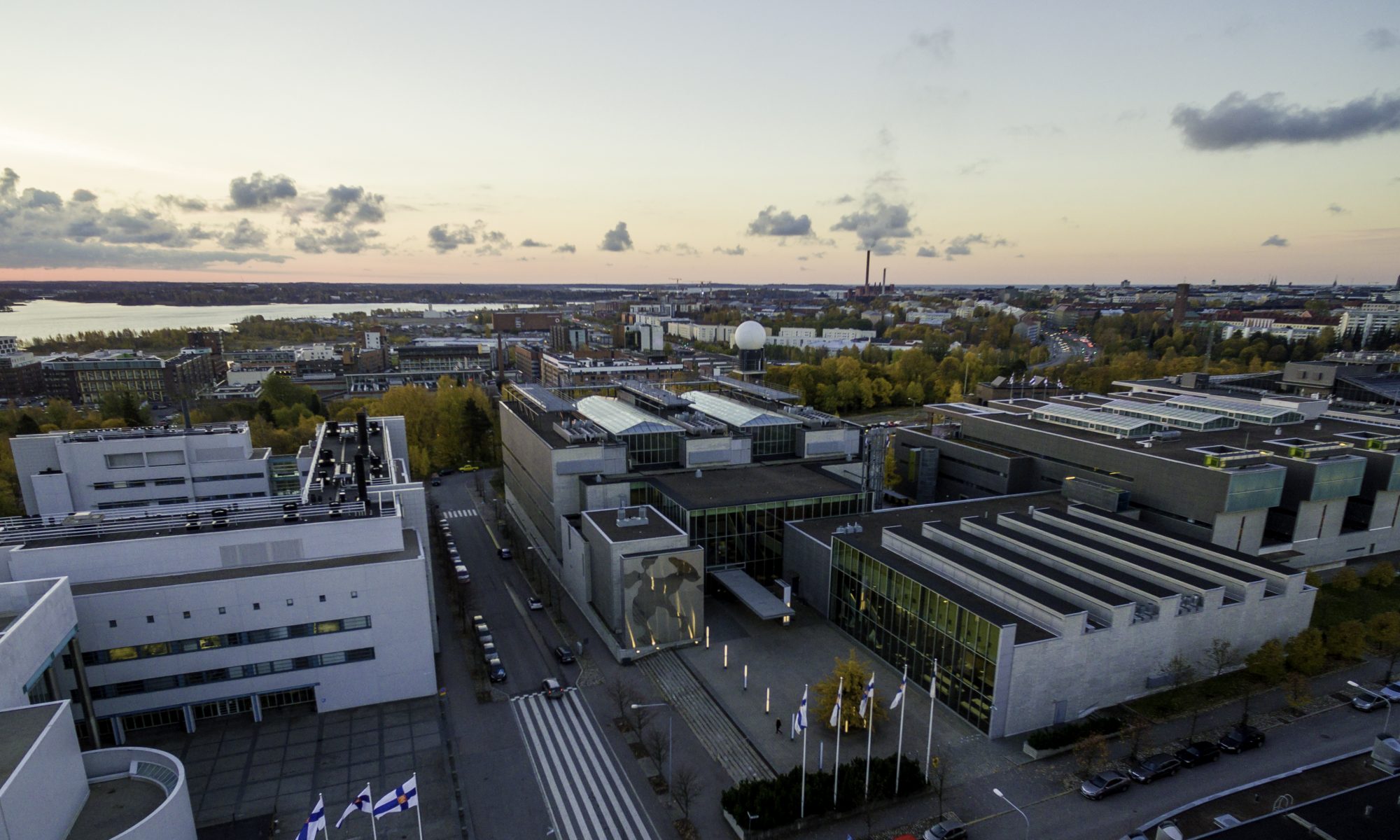
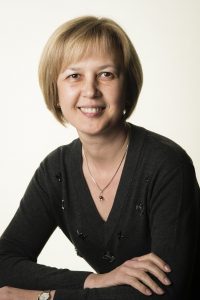 eason will be the inaugural lecture of a new full professor in our department, Flyura Djurabekova.
eason will be the inaugural lecture of a new full professor in our department, Flyura Djurabekova.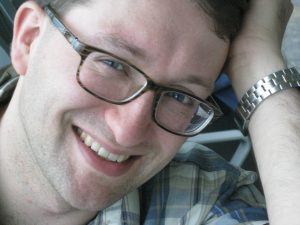 erimental Materials Physics here in Helsinki. In his research, he focuses on the development and applications of positron annihilation spectroscopy for studying the atomic-scale structures of materials for future technologies.
erimental Materials Physics here in Helsinki. In his research, he focuses on the development and applications of positron annihilation spectroscopy for studying the atomic-scale structures of materials for future technologies. Our next colloquium will take place on 1st November 2019. Our speaker will be Professor Minna Huotilainen, from the Cognitive Brain Research Unit of the University of Helsinki. She is a researcher in psychology and cognitive science, working in particular on the development of human cognition. Her research interests include for example the role of music and sounds on brain development, and how to optimise brain work and its recovery. She is the author of a popular science book on brain research and its applications to education and learning, Näin aivot oppivat.
Our next colloquium will take place on 1st November 2019. Our speaker will be Professor Minna Huotilainen, from the Cognitive Brain Research Unit of the University of Helsinki. She is a researcher in psychology and cognitive science, working in particular on the development of human cognition. Her research interests include for example the role of music and sounds on brain development, and how to optimise brain work and its recovery. She is the author of a popular science book on brain research and its applications to education and learning, Näin aivot oppivat.